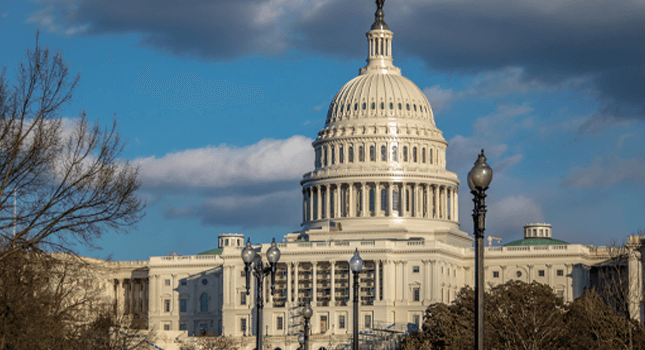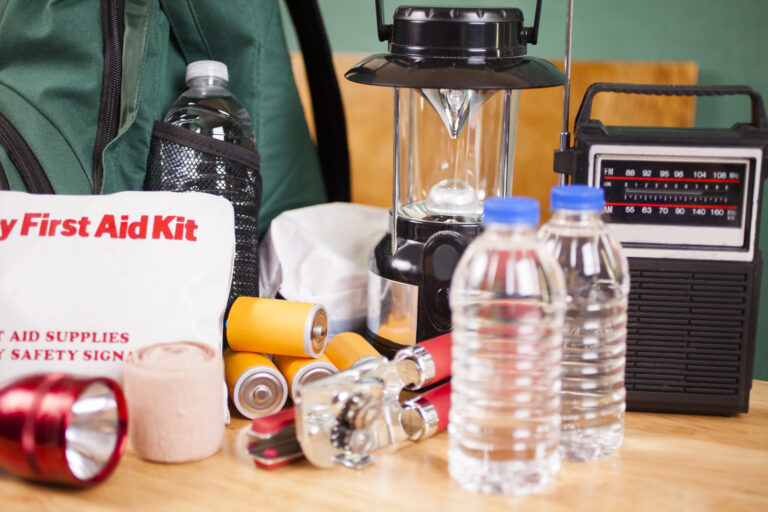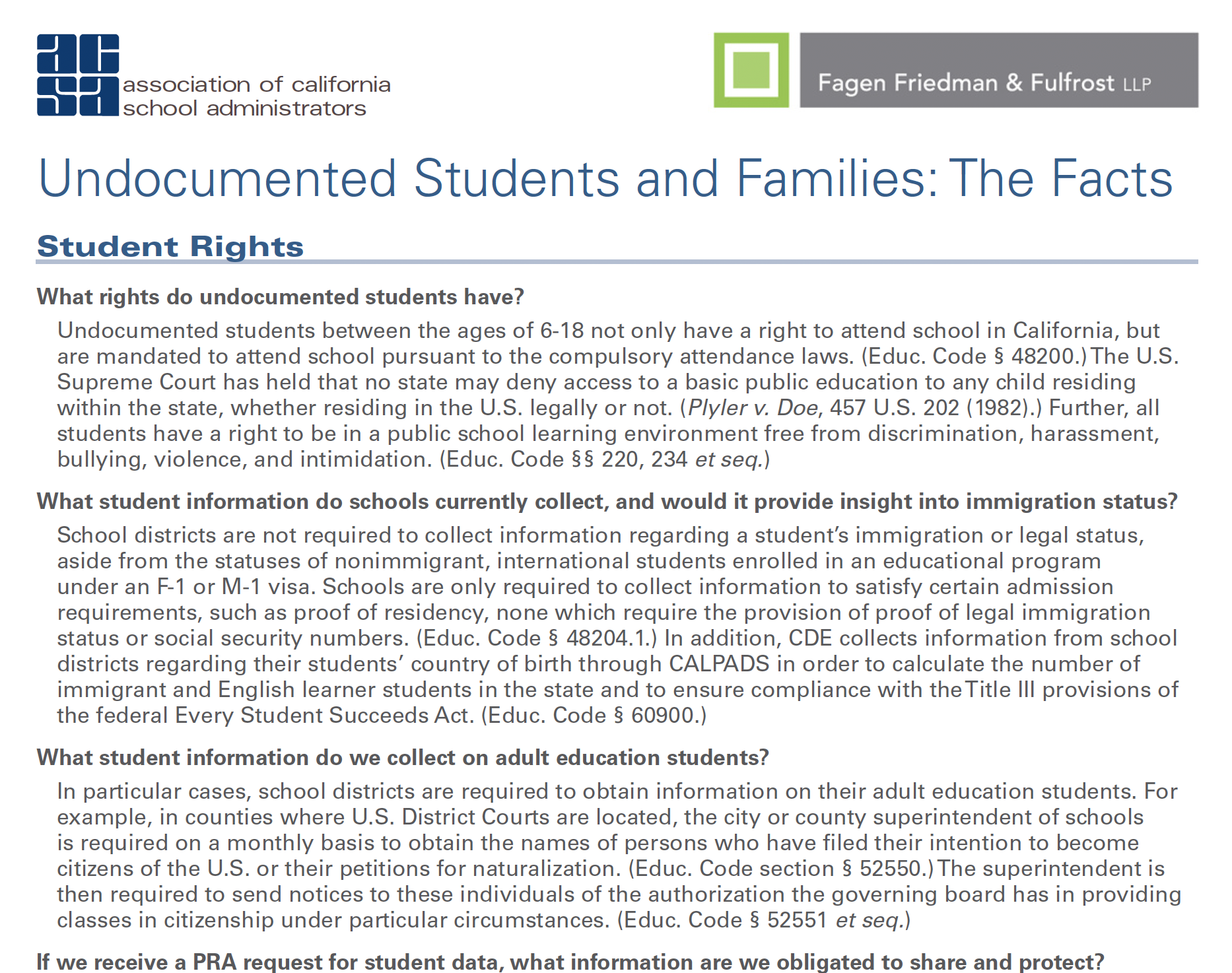Based on information presented at ACSA’s 2017 Every Child Counts Symposium by Melissa Hatch, Esq., Hatch & Cesario, and Jarice Butterfield, Ph.D., CBIS, Santa Barbara County SELPA Director.
Author Marilyn Colter Maxwell wrote that “living with a head injury is like trying to work a jigsaw puzzle without all the pieces.” Needless to say, this decline in mental clarity can be especially difficult for young people to face.
Traumatic Brain Injury is the leading cause of death and disability in children and adolescents in the US. Among children ages 0 to 19 years in the US, an estimated 450,000 children/adolescents sustain a TBI each year, resulting in 7,400 deaths, 62,000 hospitalizations, and 384,000 emergency department visits.
What are concussions and TBI?
A concussion is a type of mild TBI caused by a bump, blow, or jolt to the head that can result in impairment of the brain. 90% of concussions resolve in weeks, but 10% have symptoms that last a lifetime. A repeat concussion/mild TBI that occurs before the brain heals from the initial injury or concussion can slow recovery or lead to long-term health problems.
Did you know that according to the CDC, most concussions do not involve a loss of consciousness? Or that after one concussion, a person is more likely to experience another? According to the American Academy of Pediatrics, adolescents suffer post-concussive symptoms longer than adults, because they are skeletally immature and their brain is still developing into their 20’s. For these reasons, it is imperative to educate teachers, parents, and students about the effects of untreated head injuries.
Symptoms of a concussion include fatigue, headache, dizziness, nausea, sensory hypersensitivity, short-term memory loss, and difficulty communicating, learning new information, making decisions, or solving problems. Moderate to severe brain injury results in a loss of consciousness lasting from 20 minutes to 6 hours. Persons with TBI present with vast variability, which is impacted by…
- Pre-injury background (age, education, previous abilities/deficits, behavior, former drug use)
- Severity of BI (Mild/Moderate/Severe & immediate access to care)
- Location/type of BI
- Medical/rehabilitation care/treatment effects
- Post-injury family supports & follow-up
Education codes
On October 4, 2011, Governor Jerry Brown signed the state’s youth sports concussion safety law (AB 25), Education Code 49475. It took effect January 1, 2012. Additional changes effective in 2013 required increased training, including concussion training for all coaches (35179.1). In July 2014, Governor Brown signed into law an amended youth sports concussion safety law (AB 2127) which strengthened Ed. Code 49475, and added Ed. Code 35179.5 to the Education Code.
AB2127’s findings were those brain injuries annually affect thousands of California’s high school athletes. Many concussions or head injuries even go undetected. This is due to a lack of recognition of, and even intentional underreporting of symptoms when a student wants to continue playing their sport.
Concussions may contribute to long-term brain damage and early-onset dementia, including chronic traumatic encephalopathy (CTE). Other effects could manifest as personality change and suicidal thoughts. In 2012, Boston University studied the brains of 85 deceased athletes and military veterans with histories of mild-traumatic brain injuries. 80% had CTE. Six had been football players who had not played past high school.
19 states have banned off-season full-contact high school football practices. California allows each of its 10 sections to make its own determination whether there will be a requirement that a supervised return-to-play protocol is followed in the event of a concussion or head injury. Several of those sections still allow full-contact summer and spring practices.
Ed Code §35179.5 states that if a school district offers athletics, it shall comply with the following 8 points:
- A high school or middle school football team shall not conduct more than two full-contact practices per week during the preseason and regular season.
- The full-contact portion of a practice shall not exceed 90 min. in a single day.
- A high school or middle school football team shall not hold a full-contact practice during the off-season.
- For purposes of this section, a team camp session shall be deemed a practice.
- “Full-contact practice” means a practice where drills or live action is conducted that involves collisions at game speed, where players execute tackles and other activity typical of an actual tackle football game.
- “Off-season” means a period extending from the end of the regular season until 30 days before the commencement of the next regular season.
- “Preseason” means a period of 30 days before the commencement of the regular season.
“Regular season” means the period from the first interscholastic football game or scrimmage until the completion of the final interscholastic football game of that season.
An athlete suspected of sustaining a concussion or head injury shall be immediately removed from the athletic activity, and shall not be permitted to return to the sport until evaluated by a licensed health care provider. The athlete shall not be permitted to return to the athletic activity until there is written clearance from a licensed health care provider. If the provider determines that the athlete sustained a concussion or a head injury, the athlete shall also complete a graduated return-to-play protocol of no less than seven days under the supervision of a licensed health care provider.
The law, as amended, covers athletes participating in school-sponsored athletics. To participate, the student-athlete and parent/guardian must sign an annual form acknowledging receipt and review of a concussion, and a head injury information sheet.
In response to the growing concern about the long-term effect of repetitive head impacts in football, the law also limits the number of full-contact practices during the preseason and regular season to two 90-minute sessions per week, banning off-season contact practices altogether. Any player with a suspected concussion must be immediately removed, and if the injury is confirmed, there must be a minimum of a seven-day protocol by an MD or Doctor of Osteopathy before the student can return to play.





























